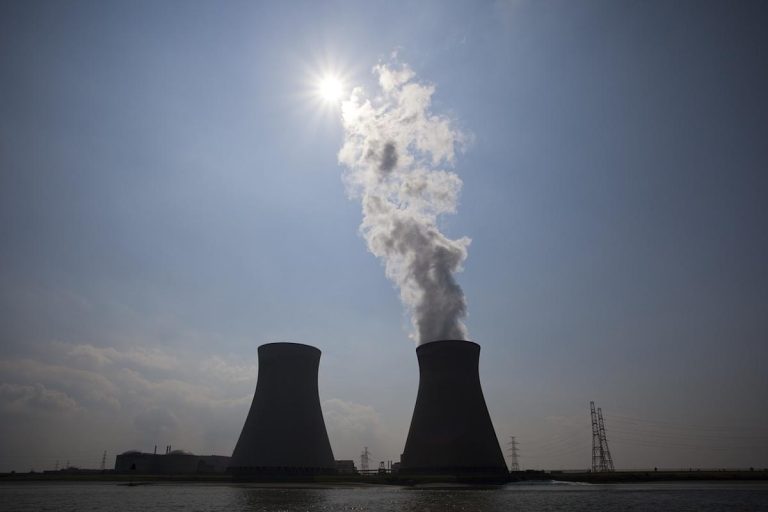“Underpricing of macroeconomic risks by financial markets remains a concern. The average trade tariff rates are set to touch levels unseen since the 1930s. Moreover, the risk of imposition of new high tariffs looms large for additional sectors,” Reserve Bank of India (RBI) economists said in the latest monthly bulletin.
Despite these global headwinds, India’s economy shows resilience, undergirded by strong fundamentals, easing inflation, favorable monsoons, and proactive fiscal measures, said the authors in the ‘State of the Economy’ report.
Inflation has eased in India, where policymakers have lowered policy rates cumulatively by a full percentage point since February. While credit offtake has so far been rather circumspect, most economists expect greater demand for loans in the second half of the economy.
“Despite global uncertainties, the Indian economy remains largely resilient, supported by strong macroeconomic fundamentals,” they said. “Easing inflation, improving kharif season prospects, front-loading of government expenditure, targeted fiscal measures and congenial financial conditions for faster transmission of rate reductions should support aggregate demand in the economy, going forward.”
Their views, however, do not necessarily reflect those of the central bank. Early onset and timely progress of the southwest monsoons have helped boost kharif sowing to 708 lakh hectares (as on July 18, 2025), up 4.1% compared to the corresponding period of last year.
 Agencies
AgenciesIndia’s services sector sustained its strong growth momentum in June, with PMI services recording the highest expansion in 10 months. But the available high-frequency indicators for June point to modest industrial activity, the report noted. Inflation seems to be under control. Headline inflation declined to 2.1% (year-on-year) June 2025-the lowest since January 2019-from 2.8% in May. Core inflation inched up higher to 4.4 % in June 2025 from 4.2% in May. On regional distribution, both rural and urban inflation eased further to 1.7% and 2.6%, respectively, in June, with a greater fall witnessed in rural inflation.
Even as net FDI-a stable source of foreign exchange-was very low, inflows through other sources such as external commercial borrowings and NRI deposits and slower dollar demand from importers made up for the slowdown.








